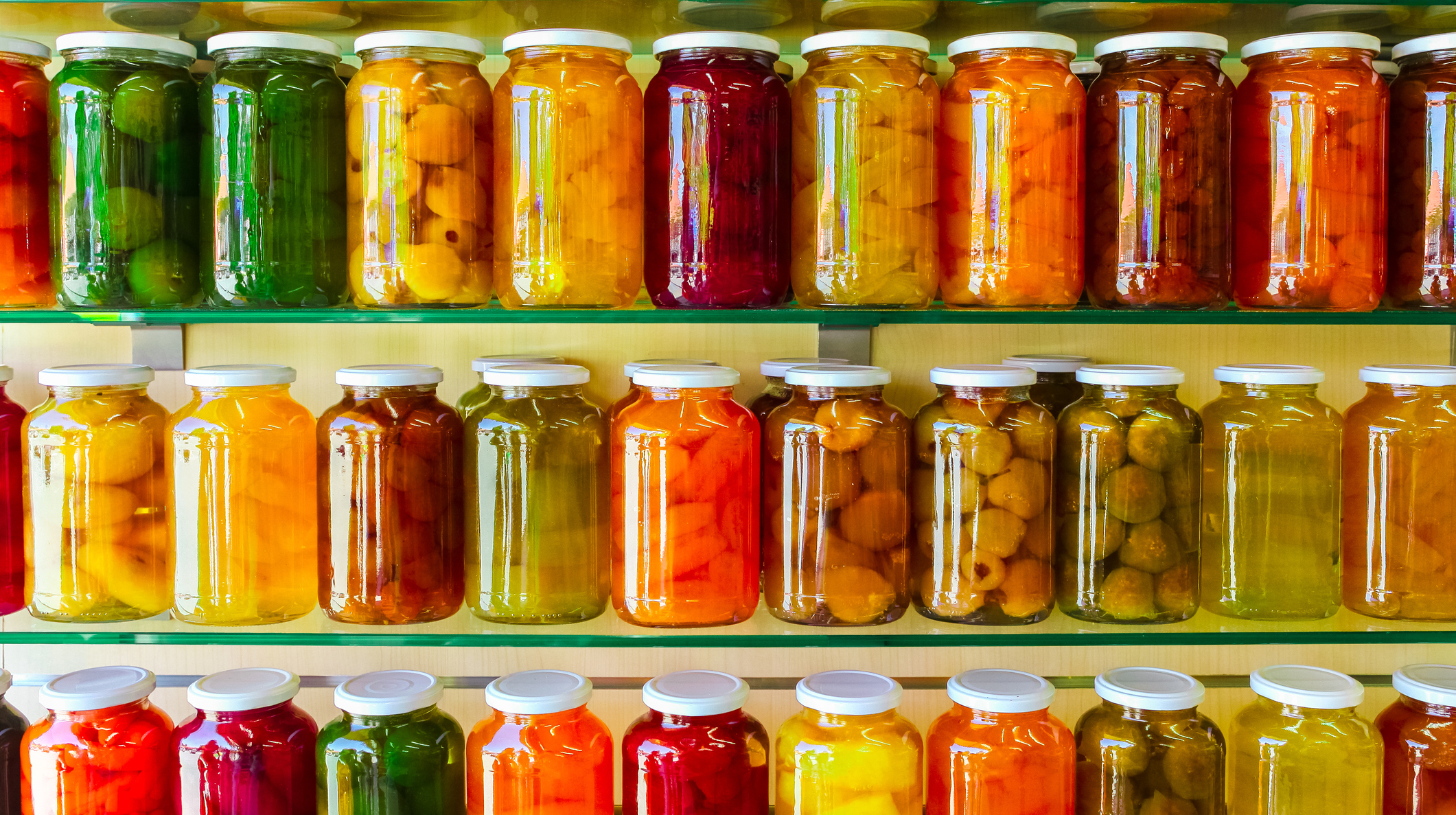Public Canneries Are In Desperate Need Of Preservation
Maybe you're lucky enough to have a grandmother who makes knockout peach preserves, or an uncle whose pickled okra is second to none. If your family's canned-food traditions originated in the South and stretch back to the World War I era, then they likely owe a debt to public canneries. Public canneries—a communal kitchen with the pressure canners, large vats, and stoves necessary to the canning and preserving process—were once plentiful across the South. Now, there may be less than 50 left.
These figures come from a Washington Post piece that calls attention to the dwindling interest in these legacy institutions, which now suffer from budget cuts and a lack of public interest. Despite all those selvedge denim-clad artisans heralding the return of small-batch pickles and bourbon-laced preserves, the general public apparently isn't all that interested in making such stuff; we'd rather buy it at the farmer's market, it seems.
In 1945, the Post notes, some 3,800 public canneries existed across the U.S., mainly clustered in the South. They were community centers where Americans could use shared equipment to pickle, can, and preserve their homegrown vegetables and fruits. Now, by the Post's tally, less than 50 such centers exist, and many are struggling.
"Canneries are a dying breed," Terry DelValle, a horticulture extension agent affiliated with Jacksonville, Florida's Agricultural Canning Center, tells The Washington Post. Each year, DelValle notes, a longtime customer or a few regular groups fail to show up.
The Post's story is brimming with wonderful nostalgic details and neat regional delicacies—Jerusalem artichoke relish, anyone?—and is definitely worth a read today.
